Omelets From Around the World
About a year ago, Kris Gunnars, health researcher for the online health magazine, HealthLine (www.healthline.com), wrote a very enlightening article on eggs: “Pastured vs Omega-3 vs Conventional Eggs — What's the Difference?” His premise was that the differences in how the hens were raised and what they were fed results in nutritional differences. In a nutshell:
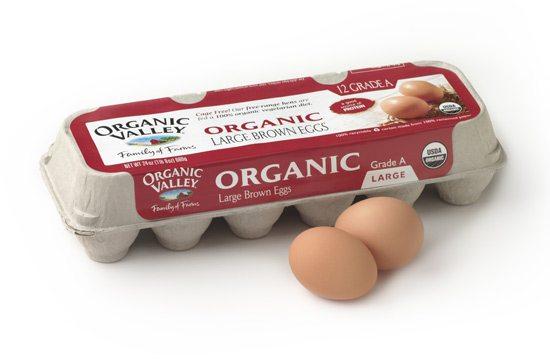
Conventional eggs: These are your standard supermarket eggs. The hens that lay these eggs are usually fed grain, supplemented with vitamins and minerals, and factory-raised.
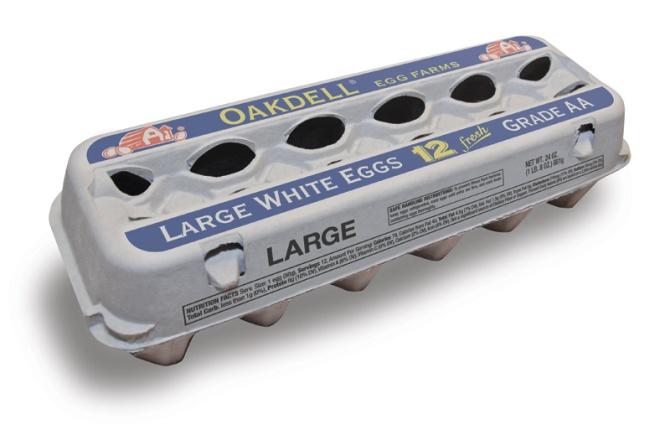
Omega-3-enriched eggs: Basically, they're like conventional chickens except that their feed is supplemented with an omega-3 source like flax seeds. They may or may not have had some access to the outside.
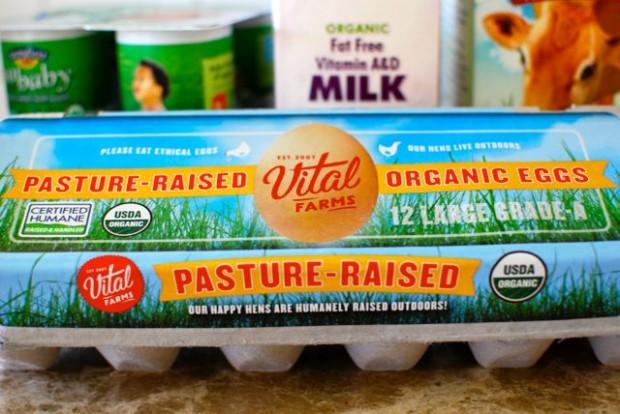
Organic eggs: The hens were not treated with hormones and received organic feed. The marketing hype around them is that these hens receive much better treatment than factory-raised hens do.
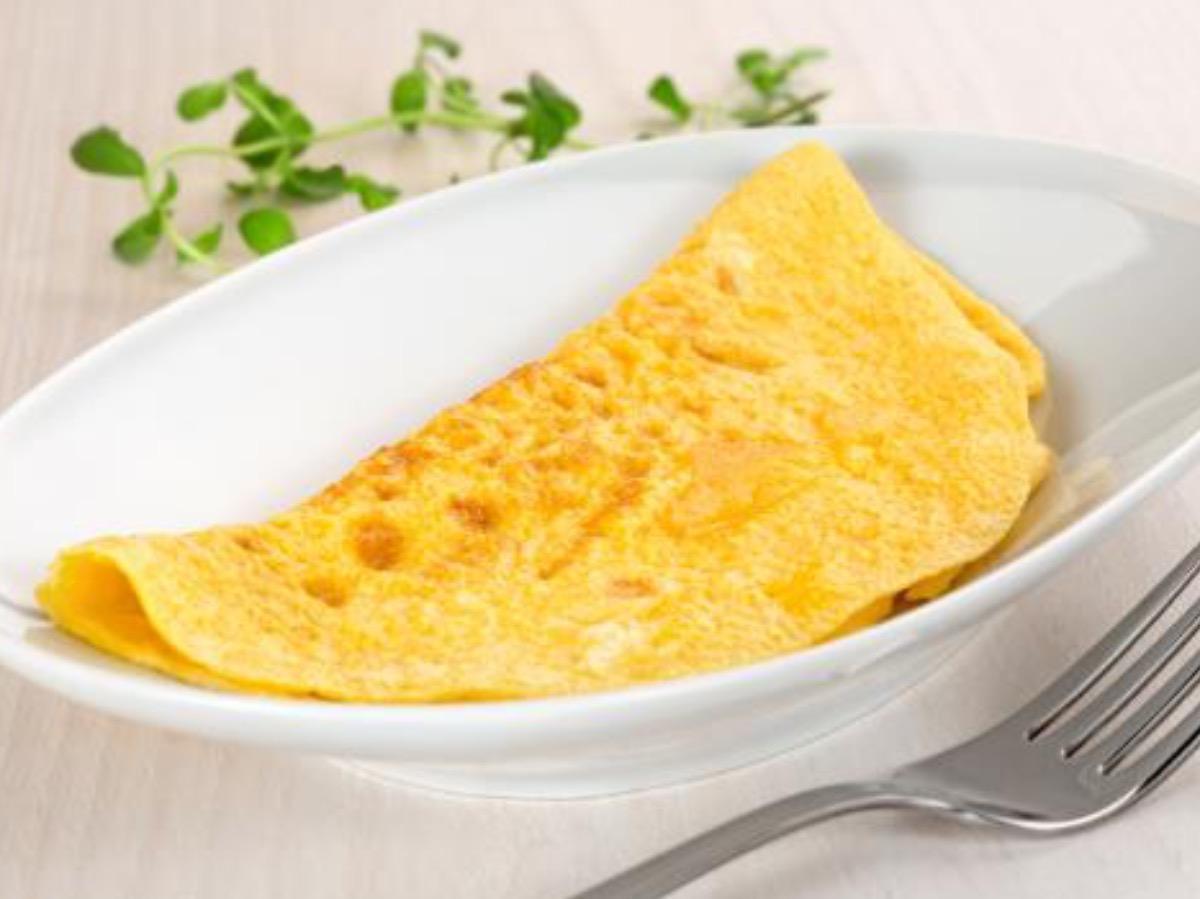
Pastured eggs: Chickens are allowed to roam free, eating plants and insects (their natural food) along with some commercial feed. These hens are supposedly the most humanely raised.
And there are other terms that overlap with those mentioned above. For instance:
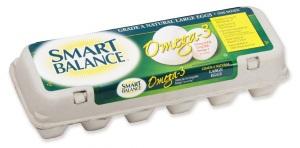
Free-range eggs: This means that the hens have the option of going outside. Sounds romantic—free-range. But these hens could still be fed grain and vitamin and mineral supplements.
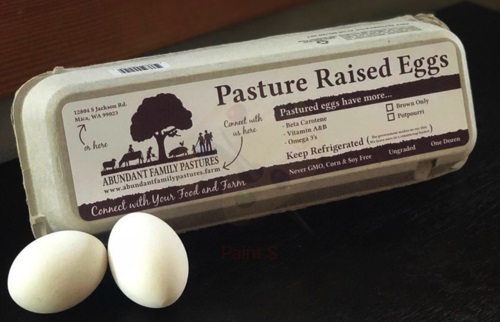
Cage-free eggs: This simply means that hens aren't raised in a cage. They could still be raised in a smelly, dirty and overstuffed hen house. And if you pay close attention to the label, they are also and fed grain (aka vegetarian diet), supplemented with vitamins and minerals.
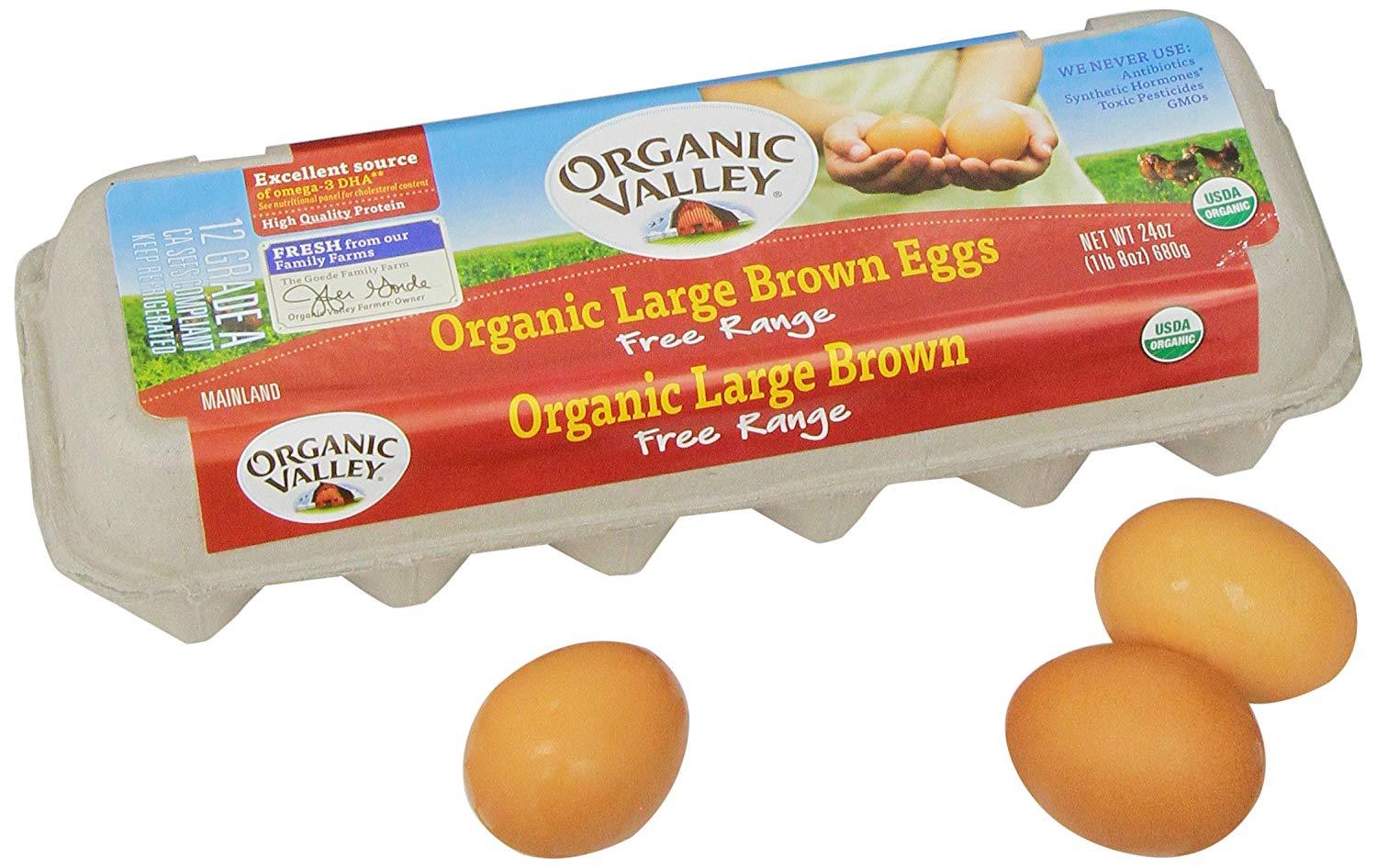
So what’s the bottom line? At the end of the day, pastured eggs are probably the healthiest type of eggs you can buy. They are more nutritious, the hens that laid them were allowed free access to the outside, and they ate a more natural diet.
If you can't get pastured eggs, omega-3-enriched eggs are your second best choice. If you can't get either pastured or omega-3 eggs, try to find eggs that are either free-range, cage-free or organic.
Nevertheless, even if none of this is an option, conventional eggs are still among the healthiest and most nutritious foods you can eat.
And here’s some more egg-validating information: Boatloads of scientific research has debunked the theory that eggs increase cholesterol levels in the bloodstream. Recent studies found no difference in heart disease risk between those who ate one egg a week and those who ate one a day. Another study concluded that eating two eggs a day for six weeks had no impact at all on cholesterol levels. The key is to prepare your eggs healthfully.
And what’s more, science has discovered that when you’re looking to tone up muscles, the best protein to eat is EGGS! They’re considered to have the highest-quality protein found in food. In fact, egg protein is actually used as the standard to which other proteins are compared. A little more than half of the protein in an egg is found in the fat-free white, so you can enjoy egg white guilt-free.
Besides their protein content, they pack another strong nutritional punch: The yolks are a great source of easily absorbable lutein, an important antioxidant (also found in spinach and other green vegetables) that’s great for eyes and skin. And although the yolks do contain fat, it’s mostly unsaturated—the healthy type of fat.
With all this positive egg information, then, let’s look at a wonderfully delicious way to eat them. OMELETS! This is a dish beloved the world ‘round. Here’s a recipe for a basic omelet plus suggestions for creating more international flavor.
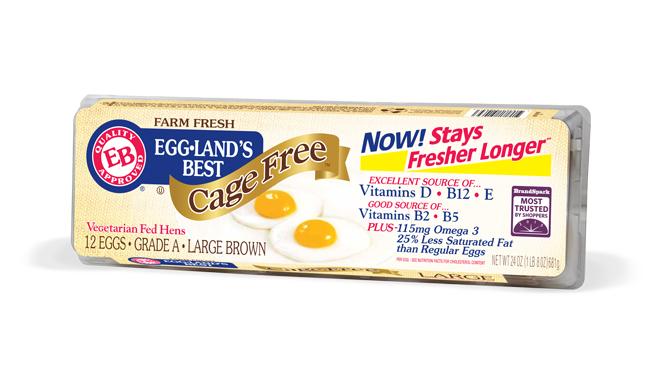
TRADITIONAL AMERICAN OMELET (serves 1)
2 eggs
2 tablespoon water or milk
1/8 teaspoon salt
1 dash pepper
1 teaspoon butter
½ cup shredded Cheddar cheese
BEAT eggs, water or milk, salt and pepper in small bowl until blended.
HEAT butter in 7 to 10-inch nonstick omelet pan or skillet over medium-high heat until hot. TILT pan to coat bottom. POUR IN egg mixture. Mixture should set immediately at edges.
GENTLY PUSH cooked portions from edges toward the center with inverted turner so that uncooked eggs can reach the hot pan surface. CONTINUE cooking, tilting pan and gently moving cooked portions as needed.
When top surface of eggs is thickened and no visible liquid egg remains, PLACE shredded cheese on one side of the omelet. FOLD omelet in half with turner. With a quick flip of the wrist, turn pan and INVERT or SLIDE omelet onto plate. SERVE immediately.
For a MEXICAN OMELET: follow the same preparation instructions above, but substitute avocado slices, chopped fresh cilantro, chorizo sausage, and Monterey Jack cheese (all in proportions to taste).
For a GREEK OMELET: follow the same preparation instructions above, but substitute hash brown potatoes or cooked potatoes cut into 12/-inch cubes, chopped scallions, and crumbled feta cheese (all in proportions to taste).
For an ITALIAN OMELET or FRITATTA: follow the same preparation instructions above, but substitute frozen chopped spinach, thawed and squeezed dry; thinly sliced green onions, crumbled feta cheese, halved grape or cherry tomatoes, and shredded mozzarella cheese.
- www.oakdell.com
- www.omegavia.com
- www.luxecoliving.com
- www.abundantfamilypastures.farm
- www.amazon.com
- www.egglandsbest.com
- www.eating-made-easy.com
- www.eatthismuch.com
 Alice Osborne
Alice Osborne
Weekly Newsletter Contributor since 2006
Email the author! alice@dvo.com
